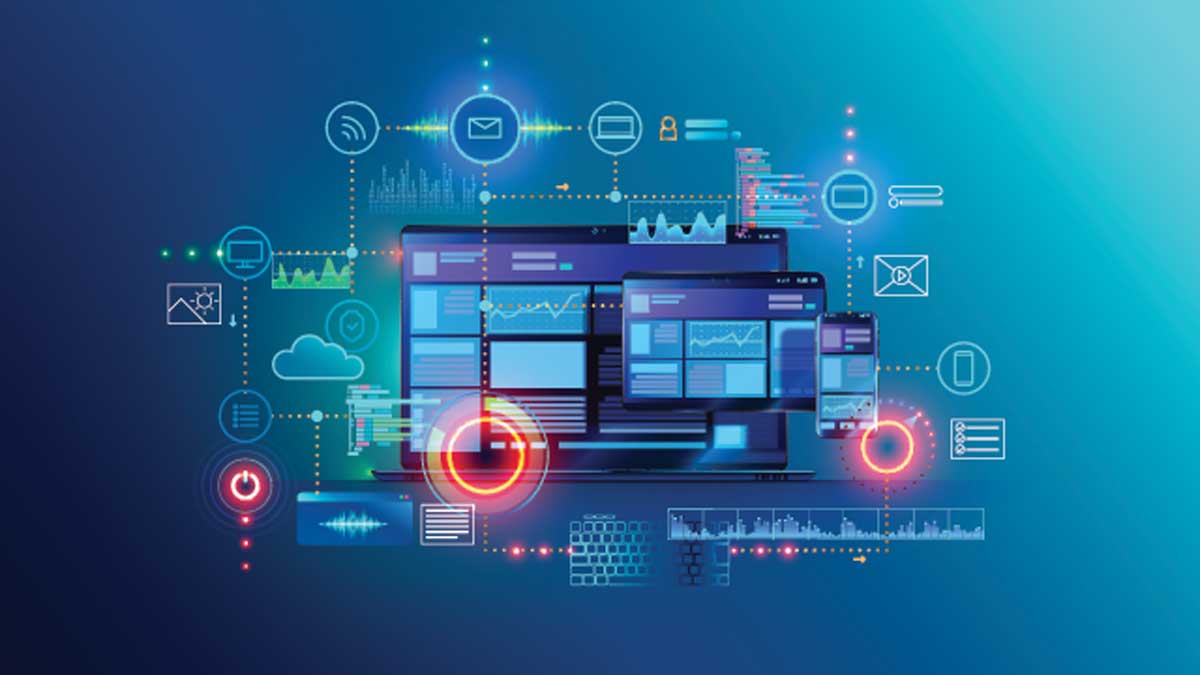While technology may be the cause of your problems, application modernization is all about the business.
When most people think of application modernization, they think of upgrading a single application such as their ERP or CRM to a newer version. While updating individual applications as popular as these does have many benefits, they are tactical, not strategic.
At its core, application modernization is a strategic undertaking that moves your organization from a current state that is no longer in line with long-term organizational objectives to a future state that is. Because application modernization programs can be multi-million-dollar, multi-year projects that touch every corner of your organization, the decision to launch one is never easy—even though it is one you will eventually have to make.
Start with the Business Case
The best way to begin thinking about application modernization is by starting with the business case and working backward to understand the applications and infrastructure that will require modernizing to achieve the results you are looking for.
This is because the technical issues driving your application modernization needs are many, complex, and interconnected. Older operating systems or software that are no longer supported; aging in-house systems, written years or decades ago, have become brittle and unreliable; technical debt has piled up so high that updates and upgrades are exceedingly difficult, expensive, and don’t work well when they are rolled out—are just a few common problems organizations run into. Since most systems today interact with many others, all these issues can cascade throughout your organization, stymieing growth and hindering operations.
“You’ve got to focus on how the system is holding you back,” said Mike Cardillo, Eliassen Group’s VP of IT Strategy and Digital Transformation, “and then ask yourself, ‘Why isn’t this legacy system working for us? And what did we do to make it that way?'”
While technology may be the cause of the challenges you face, the main reason for updating your systems is the negative impact they are having on your organization’s ability to achieve its goals. That’s why business cases usually revolve around high-level, strategic considerations such as reducing risk (both business and cyber), reducing costs, increasing business agility, improving time-to-market, and streamlining operations—or all of the above. The longer older, out-of-date software continues to run, the more pronounced these problems become.
Building the Case for Modernization
To begin building the business case, start thinking in strategic terms about the challenges you are facing and then, working with IT, identify the applications and systems that are holding you back. Once you have a good idea of which systems need modernizing, how mission-critical they are, and what their dependencies are it becomes possible to build a realistic business case for upgrading and updating them.
Sometimes, the business case writes itself. This happens when the software you are using just doesn’t work well anymore and cannot be fixed. In that instance, there is no alternative but to move to a new system. This is a scenario you really want to avoid, however. Being forced into a reactionary application modernization program that is not well-thought-out and too narrow in scope can lead to more issues later. This is particularly true when it comes to technical debt, which is usually acquired through hurried, short-sighted decision making that accumulates year after year.
“Technical debt is something that can’t effectively be amortized,” said Kolby Kappes, Eliassen Group’s VP of Application Development. “So, more than anything, the goal of application modernization is to eliminate as much technical debt as possible.”
Another business case for application modernization is all about “Keeping up with The Jones”, as the expression goes. If your systems are holding you back from releasing new products, services, and features that your customer wants on a cadence that keeps you at least current with your competitors then, in today’s digitally-driven market places, you are facing an existential threat.
Like so many other things in 2020, the COVID-19 pandemic made it clear that digital transformation is the next frontier in business and technology. If your applications, infrastructure, and systems are not agile enough to facilitate the adoption and profitable exploitation of next-generation technologies, then you are at a distinct competitive disadvantage. Business as usual only goes so far in an age when your customers no longer view change in a negative light. In fact, over the last 20 years, customers have come to expect that many of the products they buy will continue to improve after they buy them.
A Three-Step Process
Over the years, Eliassen Group has helped many clients build business cases by following a straightforward three-step process:
Step one is making sure that application modernization is the best way to solve the problems and challenges you are having. For example, it could be a business process issue, not a technology problem that is holding you back. Launching an application modernization program based on flawed assumptions and reasoning usually leads to poor outcomes.
Step two is to evaluate alternatives such as buying off-the-shelf solutions to replace home-grown ones, moving to the cloud, or building something new from scratch.
Step three, once it’s decided that an application modernization program is the best way to go, is to lay out a roadmap that ties costs and benefits back to the business goals that kicked off the process in the first place.
Application Modernization Conclusions
In the final analysis, the goal of any application modernization program is to provide the organization with the technology it needs to move its mission forward. Application modernization does this by improving the organization’s ability to adapt to and take advantage of change by lowering barriers and improving time-to-market with new ideas, products, and services—the benchmark against which all application modernization programs should be measured.



